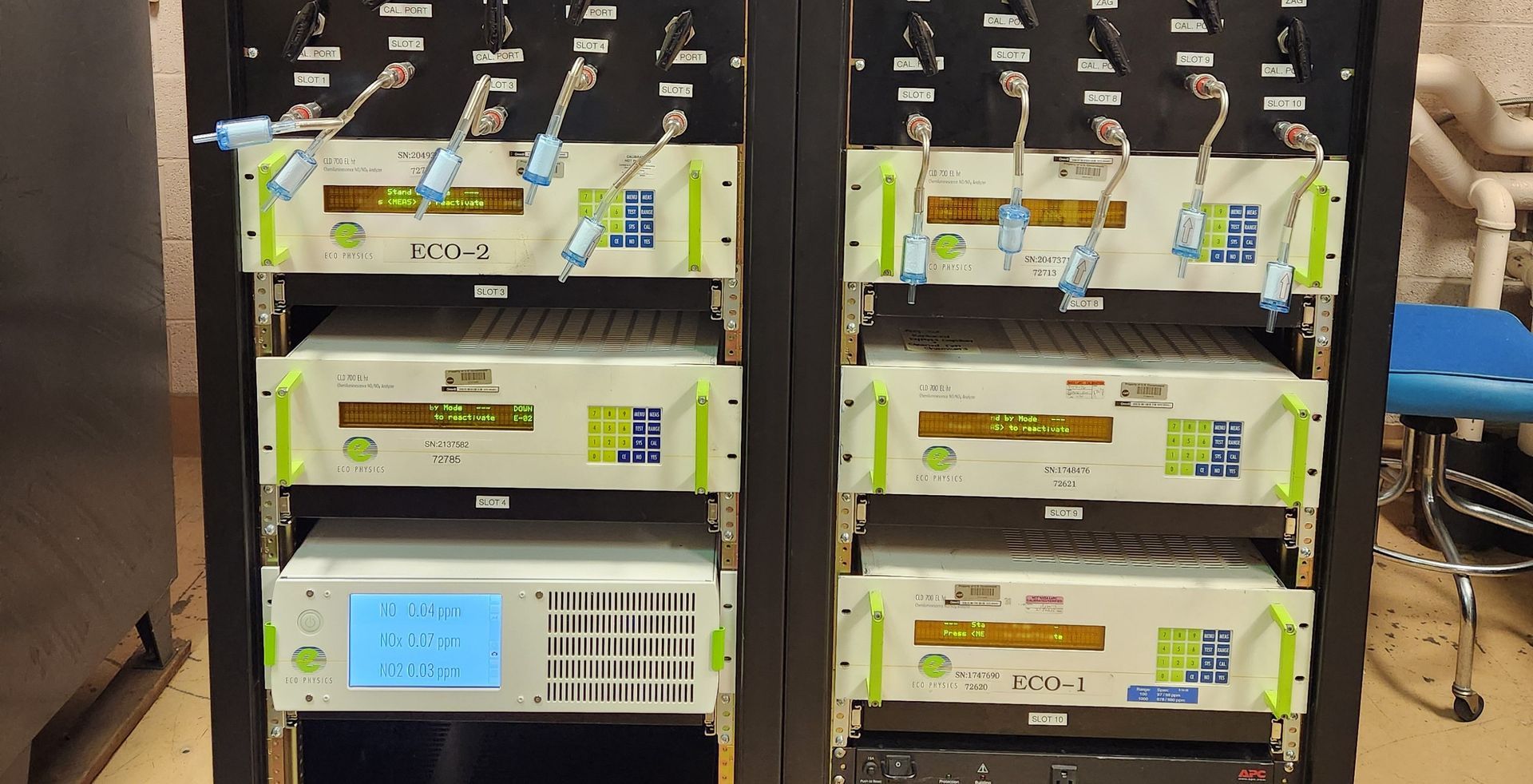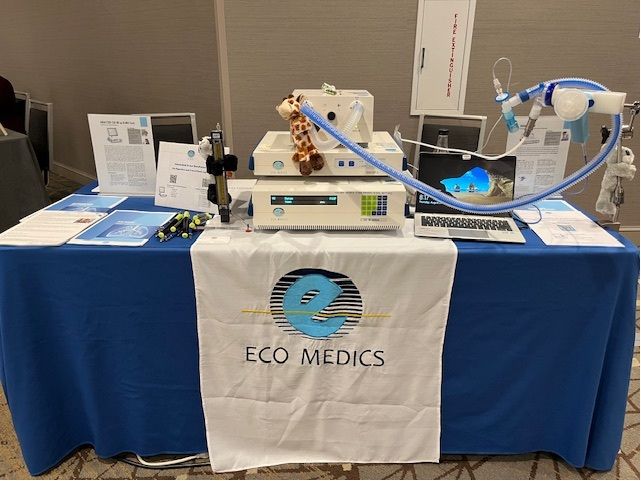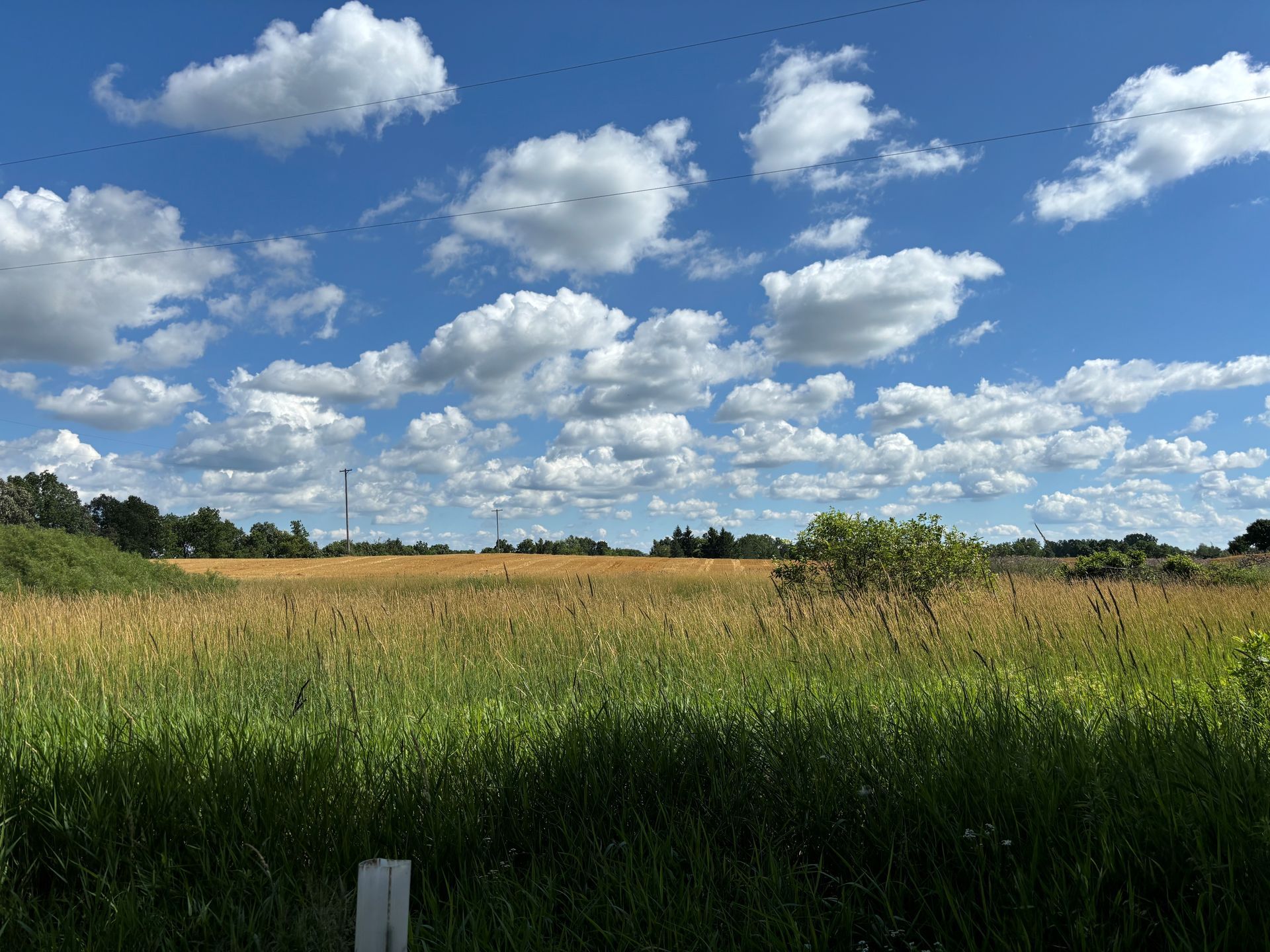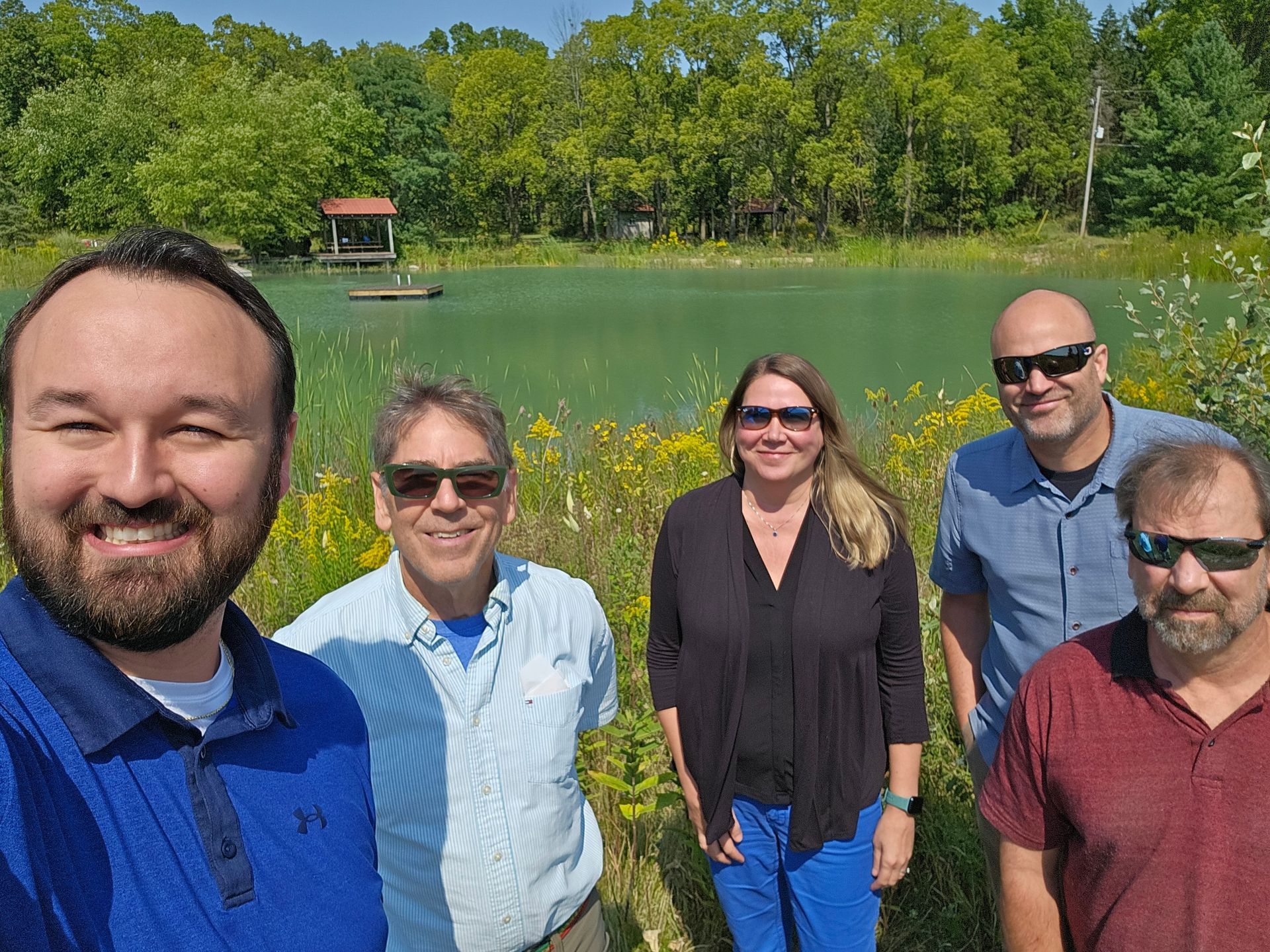Nasal Nitric Oxide (nNO) as a biomarker chronic rhino-sinusitis CRS
Ahmad Nabiyar • May 6, 2020
CLD 88sp was used in recent study to establish correlation between nNO levels and endoscopic and radiologic severity of Chronic Rhino-Sinusitis CRS
Recent study published in April 2020 and accepted for presentation at the 2020 American Rhinologi Society at COSM, correlates (nNO) levels with endoscopic and radiologic severity of Chronic rhino-sinusitis CRS disease. The study further suggests that nNO levels maybe used as a non-invasive long-term biomarker to monitor disease severity and determine the prognosis for patients with Chronic Rhino-sinusitis CRS.
Article reference: Lee, D.
J., Yip, J., & Lee, J. M. (2020, April). Nasal nitric oxide as a long‐term
monitoring and prognostic biomarker of mucosal health in chronic
rhinosinusitis. In International Forum of Allergy & Rhinology
.

ECO PHYSICS recently visited the NASA Glenn Research Center in Cleveland, Ohio. Glenn is NASA’s only research center in the Midwest, officially named after John Glenn in March 1999. This site was established in 1941 and was incorporated into NASA in 1958. It is NASA’s third oldest research center. The purpose of the facility has evolved over the years, it was originally for aircraft propulsion studies and now it creates advanced technology for aviation and space exploration. Their facilities currently include wind tunnels, drop towers, vacuum chambers, and a research aircraft hangar. We were fortunate enough to see some of these and take some photos during our installation and training visit. Glenn is involved with many important projects, such as the International Space Station and the Artemis Program, which is NASA’s latest plan to return to the Moon. We hope to be involved in more of the great work and research that NASA Glenn will do in the future. Thank you to Krystal and Dawn for their time.











